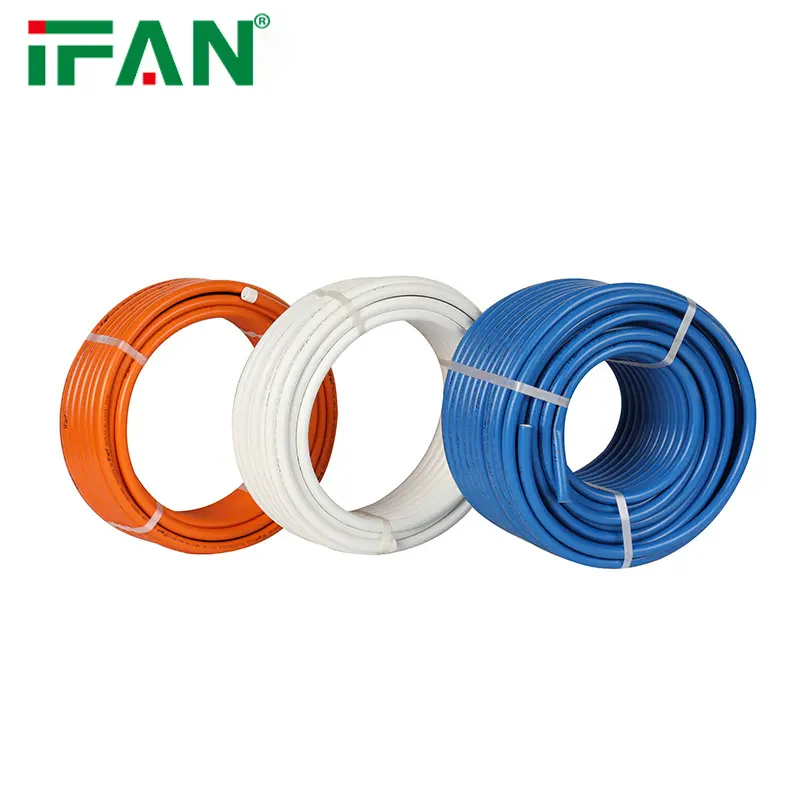Plumbing systems play a vital role in our daily lives, ensuring safe and efficient water supply. Advances in piping technology have resulted in significant improvements over the years, and one such innovation is the use of PEX piping. PEX, short for cross-linked polyethylene, is quickly gaining popularity as a sustainable and durable alternative to traditional pipe materials like copper and galvanized steel. In this comprehensive guide, we’ll explore everything you need to know about PEX pipes, from their origins and properties to their installation and benefits.
Understanding PEX Pipe: The Basics

PEX pipes are synthetic flexible pipe that are making a splash in the plumbing industry. Invented by German scientist Thomas Engle in the late 1960s, PEX pipe was originally used in radiant floor heating systems. However, their versatility and maneuverability soon led to their adoption in residential plumbing.
PEX pipe is available in a variety of lengths, from 10 feet to over 500 feet, making it suitable for small repairs and large-scale installations. They come in different colors, including red for hot water, blue for cold water, white for hot or cold water, and less commonly, gray for hot and cold water. These color-coded pipes make it easier for plumbers to identify the type of water they carry and transport.
Types Of PEX Pipe
There are three primary types of PEX pipe, namely PEX-A, PEX-B, and PEX-C, each produced using distinct manufacturing processes, resulting in variations in flexibility, pressure resistance, and cost.
1.PEX-A pipe, produced through the peroxide method, boast the highest flexibility and exceptional resistance to freezing temperatures. They prove suitable for a wide range of residential water-supply plumbing applications. Despite being slightly more expensive, PEX-A pipes are user-friendly and lack significant drawbacks compared to other types.
2.PEX-B pipe, created using the silane method, exhibit a moderate stiffness in comparison to PEX-A but maintain high flexibility. Notably, they possess a coil memory, tending to revert to their original coiled state. Widely used in residential plumbing, PEX-B pipes offer increased resistance to chlorine and are a more economical option compared to PEX-A.
3.PEX-C pipe, manufactured through an irradiation method, stand as the most budget-friendly choice. However, they are also the least flexible among the PEX types, making them more susceptible to kinking and cracking. Typically employed for brief repairs where the need for bending around sharp corners is minimal, PEX-C pipes provide a cost-effective solution.
Advantages Of PEX Pipes
PEX pipes offer several advantages over traditional plumbing materials, making them a popular choice among homeowners and plumbers alike.
Lower Costs: PEX plastic pipe are more affordable than copper pipes, making them a cost-effective option for plumbing installations and repairs.
Corrosion Resistance: Unlike copper and galvanized steel pipes, PEX pipes are resistant to corrosion, erosion, and mineral buildup, ensuring a longer lifespan and reduced maintenance costs.
Convenient Installation: Installing PEX pipe is relatively easy and doesn’t require soldering. The flexibility of PEX pipe allows for seamless connections, reducing the risk of leaks and simplifying the installation process.
Efficiency: PEX pipe have excellent thermal conductivity properties, reducing energy loss and increasing overall system efficiency, especially when carrying hot or cold water.
Silent Operation: Water flows more smoothly through PEX pipes compared to metal pipe, eliminating the “water hammer” noise commonly associated with plumbing systems.




















































